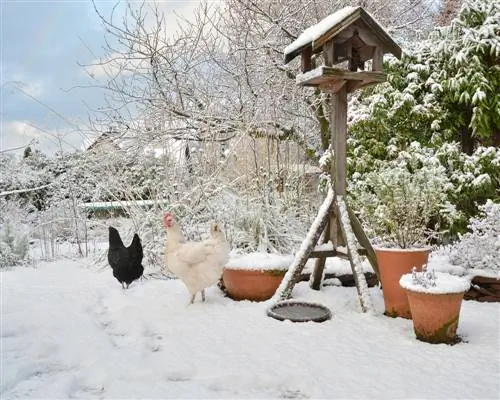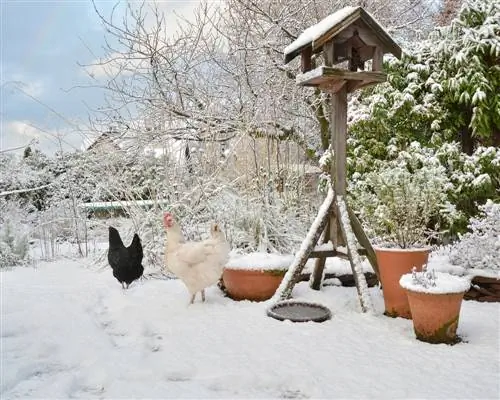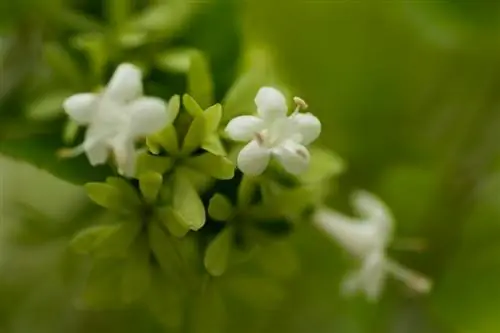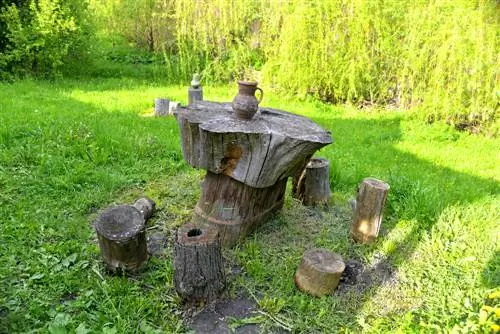- Author admin [email protected].
- Public 2023-12-16 16:46.
- Last modified 2025-01-23 11:22.
The Japanese myrtle, also affectionately known as the quiverflower, loves to spend the summer outdoors. The warmth attracts numerous flowers. In winter, however, we have to help her escape inside. Cold not only prevents flowers from blooming, it robs them of life!

Is Japanese myrtle hardy?
The Japanese myrtle (quiver) is not hardy and does not tolerate temperatures just above 0 degrees Celsius well. It is recommended to bring the plant indoors in winter, ideally in a room with temperatures between 5 and 10 degrees Celsius and sufficient brightness.
Lack of winter hardiness
The name Japanese myrtle is misleading because this plant actually comes from South America. It is also given other names such as false heather or cigarette weed. But unlike most true heather species, Japanese myrtle is not hardy.
Already plus temperatures just above zero are not well received. That's why overwintering the Japanese myrtle outdoors doesn't mean you can expect a good outcome. Even the best protective measures cannot make a harsh winter bearable.
Cultivate as an annual
Very few plant lovers have a large room where they can gather all the frost-sensitive plants in winter. In this way, we carefully check and choose which plant is worth the effort over the winter.
The Japanese myrtle often joins the list of losers. So she is only granted a one-year existence. Next spring, its owner simply buys a new one. That's how wintering works!
Cultivate perennial
It would be a shame not to exploit the potential for a life of several years. Because the Japanese myrtle can be easily overwintered in a room. If space in the winter quarters is really limited, you can remove some of the excess with scissors.
Ideal winter quarters
In the winter quarters, the frost is not allowed to spread for a single day or night. This ensures the survival of this plant. However, so that it not only survives, but can welcome spring he althy and vital, it should be given a little more warmth. The ideal temperature range is 5 to 10 degrees Celsius.
The room should also be quite bright, because the quiverflower likes to keep its leaves all year round and therefore needs light.
Time to move in
The weather determines the optimal time to move into winter quarters. Your job is to keep an eye on the weather and react in a timely manner. Let the myrtle show its last flowers in autumn before it has to leave the garden before the first frost.
Care in the cold season
In winter quarters, until around mid-May, care for the evergreen Japanese myrtle is limited to a minimum.
- water from time to time with room temperature water
- the bale should never dry out completely
- fertilize cautiously every 6-8 weeks
- or avoid fertilizing altogether
- repot shortly before moving out
Tip
Check the plant at regular intervals to see whether it is still he althy. Especially in winter quarters, some pests have an easy time spreading from plant to plant.






